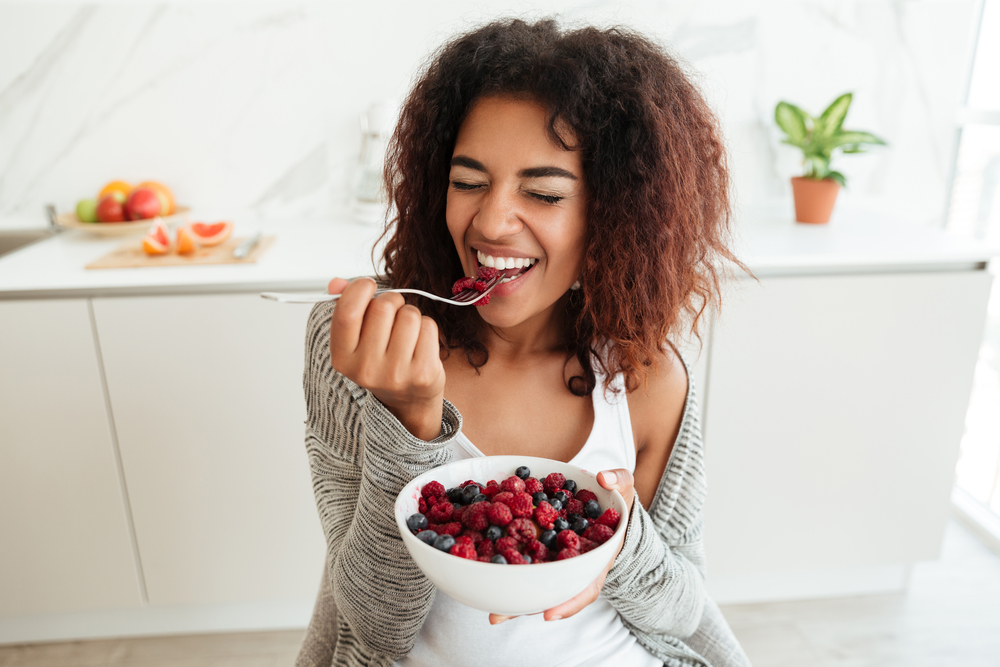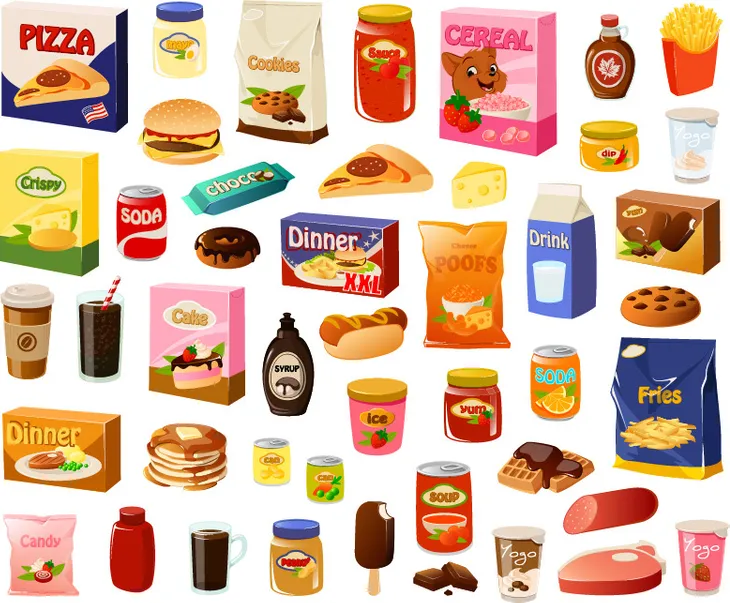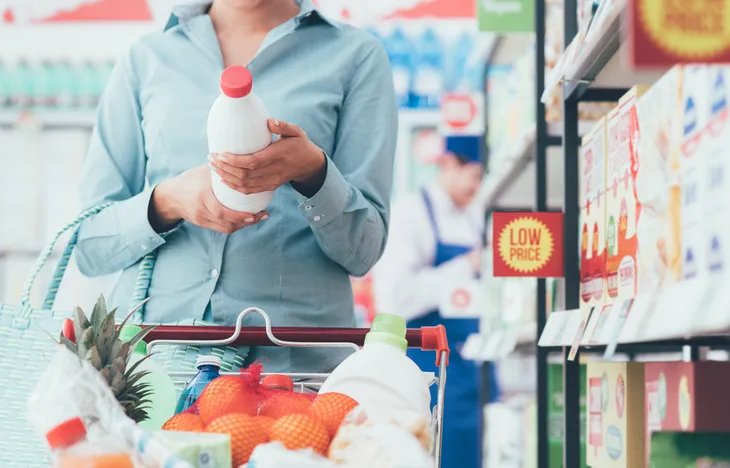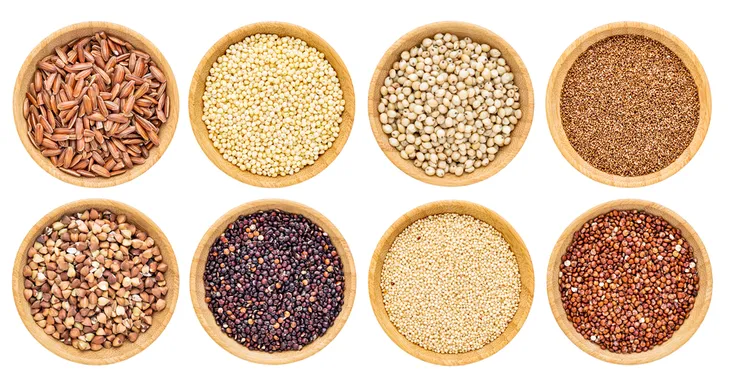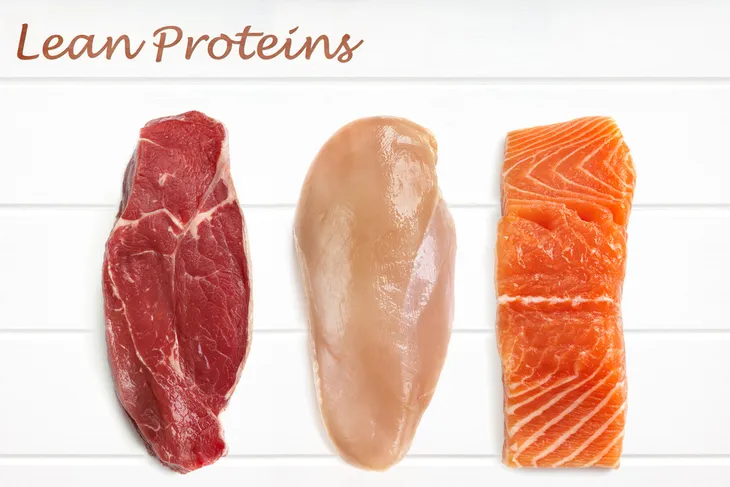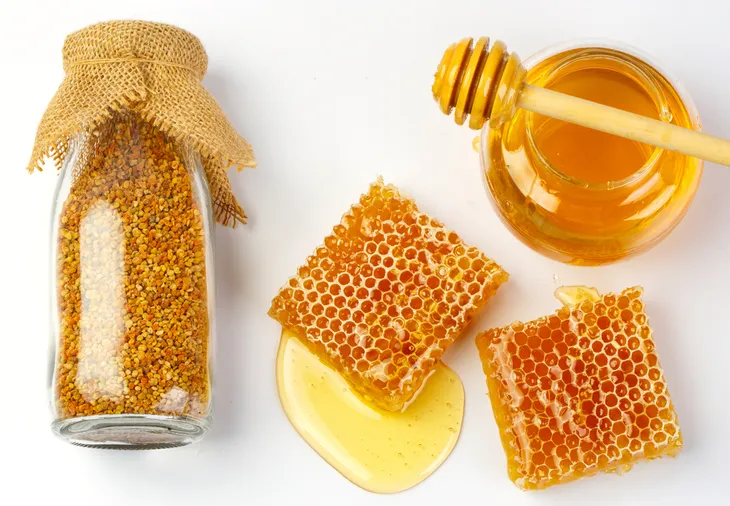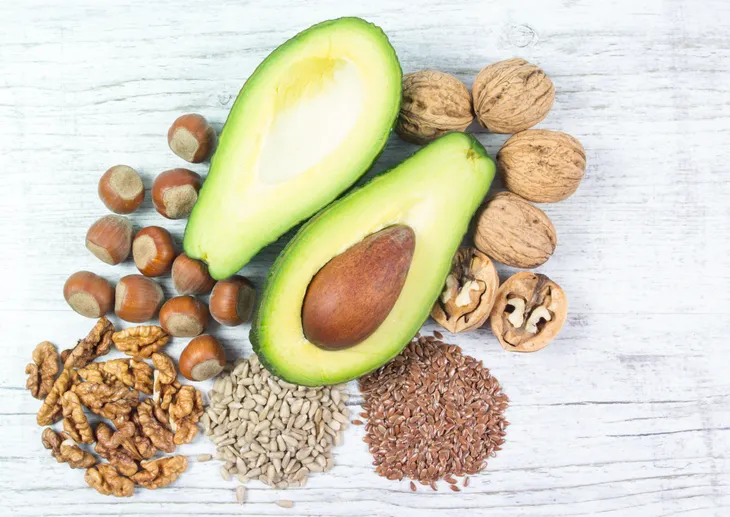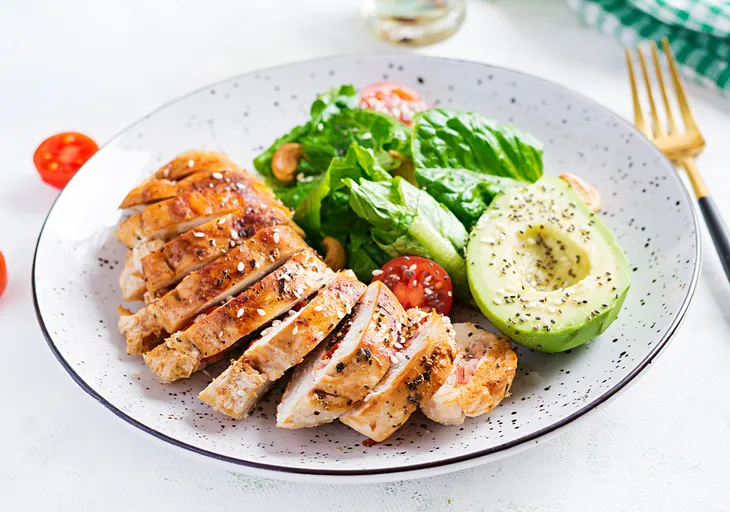There’s a lot of buzz in the food and health world these days around diet and nutritional terms like “paleo diet,” the “real food” movement, and “clean eating.” With that buzz, also comes a lot of confusion about these terms and what they mean. That last term is the one I’m going to take a closer look at today.
You’ve probably seen the term clean eating all over social media and any progressive health and nutrition blogs, but what exactly does this term mean? And furthermore, how do you do it? It sounds pretty simple enough, clean up your diet, but let’s get into the nitty gritty and find out what is clean eating and how do you achieve it…
Want diet & nutrition content delivered straight to your inbox? Sign up for our exclusive diet & nutrition newsletter!
What is Clean Eating?
At first glance, clean eating is a pretty simple food philosophy, maybe even deceptively so. The principle is to be more mindful of the foods you choose and eat more whole foods, which are in their natural state. Look for unrefined, unprocessed (or minimally processed) foods and give up the highly processed, chemical-backed products that tend to fill our modern supermarket shelves.
If you really think about it, clean eating is essentially stepping back in time to when processed foods and artificial ingredients didn’t even exist. The only food options available were real, whole foods, the way nature intended them.
What Does Processed Mean?
The primary philosophy behind clean eating is to reduce and avoid processed foods. But what does processed really mean? Well, processing includes additives of any kind, such as added sugar, salt, fat, preservatives and even added vitamins to boost a product’s nutritional value. Processing is also when the food is changed from its natural form, for example when the bran and germ are removed from whole grains, making them refined for breads and other products.
Technically, that also means that cooking foods is included in processing because cooking alters their state, however this would be considered minimal processing. Processing also includes any food or product that includes ingredients which are manufactured in a lab. This one is pretty easy to find out just by reading the labels, which just happens to be the first step to achieving clean eating.
Read Labels Closely
Getting in the habit of reading labels closely is a great step towards cleaner eating. This all begins right in the supermarket where you’re making your shopping decisions. Some products can be quite deceptive, and often buzz words like natural and organic could be hiding things you would only find out from reading ingredients and nutritional information.
Organic may be great, but not if it’s an organic jarred pasta sauce that’s actually filled with added sugar. It might sound rather tedious, but after a while you’ll get the hang of it and you’ll know which brands to avoid and which to reach for. You’ll also be making yourself a more informed consumer and may be surprised by some of the things you didn’t even know you were eating. For example, some popular brands of tea have been found to include modified corn starch in their list of ingredients. You probably thought you were just drinking tea didn’t you?
Gravitate to Whole Grains
Wheat free, grain free, and gluten free diets have been in the spotlight for quite some time now, but clean eating isn’t about avoiding grains all together. It is about choosing healthier, whole grains which are unrefined and offer protein, dirty fibre. These whole grains have been shown to play a vital role in reducing mortality by lowering your risk of cardiovascular disease, colorectal cancer and type 2 diabetes.
There are many great whole grains out there to choose from like oats, quinoa, brown rice and barley, but be careful of fancy buzz words on grain products like ‘multigrain’ ‘whole wheat’ and ‘stoneground,’ despite how good they may sound, none of these terms actually mean that a product contains whole, unrefined grains.
Plant the Seed for Cleaner Eating
Clean eating isn’t something that can just be achieved overnight. It’s something you work towards by slowly and consistently making healthier choices and changing up old habits. You don’t have to be a vegan or vegetarian, but moving towards a more plant based diet ensures that you get as many fruits and vegetables at each meal as possible.
One of the best ways to plant seeds for clean eating is to start making switches. Find places in your diet where old habits can be modified, for example let’s say you snack on potato chips at night, try switching to lightly salted nuts and seeds or homemade vegetable chips. Or if you crave sugar after meals, have a piece of fresh fruit or some homemade fruit compote.
Meat Matters
As I mentioned before, clean eating doesn’t mean giving up meat, but it does mean being a little more conscious about what meat you choose to incorporate into your diet, and how often you enjoy it. Choose higher quality meats, which are ideally pasture-raised and grass-fed and make sure they are free of added hormones and antibiotics.
You can also look to leaner meats like chicken, turkey and sustainably-raised fish over red meat and pork. A 2010 study in the Nutrition Journal showed that grass-fed beef had less saturated fats and more antioxidants than beef raised on grain feed. It’s also important to steer clear of processed meat products like deli meat, sausages and bacon.
Choose Natural Sugar Fixes
It can be hard to escape the sugar cravings all together (although you’ll probably experience them much less after eating clean for a while) so rather than depriving yourself of satisfying that sweet tooth, do it in a more natural way. Stock more natural sweeteners like honey, maple syrup, and agave nectar and use these when baking instead of refined sugar or artificial sweeteners.
You can also sweeten things with fruit juice or fruit puree or just satisfy that sweet craving by eating a whole piece of fruit. Most of us are overdoing it on sugar these days and should really be cutting back all together, in fact, the US Government Dietary Guidelines recommend limiting added sugar to 10-percent of daily calories.
Enjoy Healthy Fats
While major diets once pushed limiting fats and counting calories, we now know that there’s a difference between good fats and bad fats. Good fats come in two types, monounsaturated and polyunsaturated and bad fats are either saturated or trans fats. When cleaning up your eating habits, it’s important to enjoy plenty of healthy fats.
These come in the form of nuts, seeds, avocados, fish, healthy oils like olive oil and avocado oil. These foods help keep us feeling satisfied, lower bad cholesterol and help stabilize blood sugar levels which helps reduce cravings. They’re a vital element to health (and clean) eating and should be incorporated into every meal.
Create a Well Rounded Plate
One of the most important aspects of clean eating is to ensure balanced and adequate nutrition. Sure, if you eat only fruits and vegetables you’ll be getting plenty of the vitamins and nutrients that they provide, but you’ll be missing other key components like healthy fats and complex carbohydrates. This is why it’s important to take a look at your plate at each meal and ensure you have a balanced mix of lean protein, fruits and vegetables, healthy fats and complex carbs.
Lean protein can be in the form of eggs, beans or legumes or lean meats like chicken and fish and fruits and vegetables are easy to incorporate. As I talked about in the last slide, good fats can be healthy oils, nuts, seeds or avocado, while complex carbs can be found in whole grains like quinoa, brown rice, barley or bulgar. Ensuring all the essential components are present on your plate will keep you firmly on track in your efforts to achieve clean eating.
